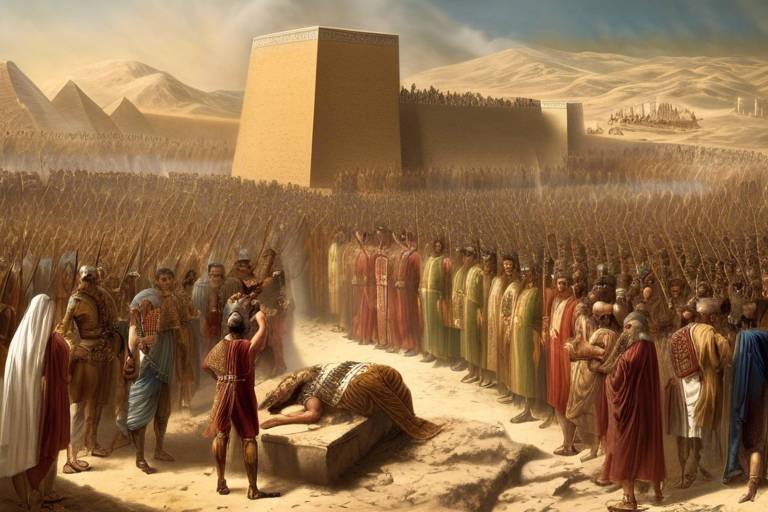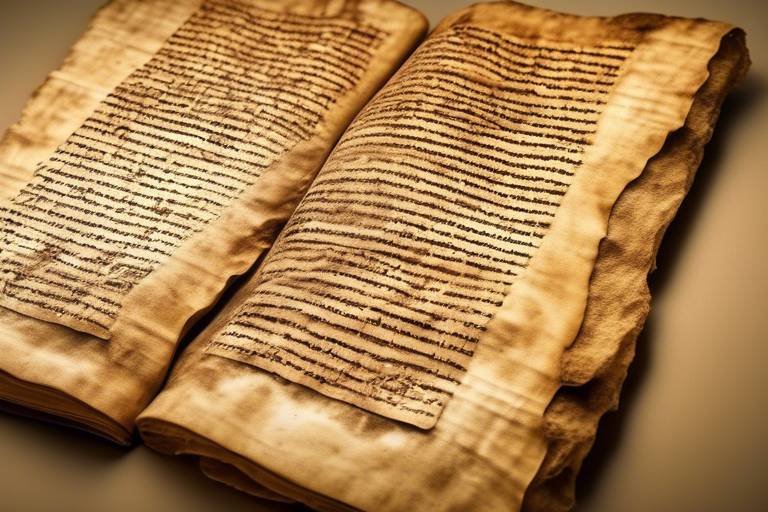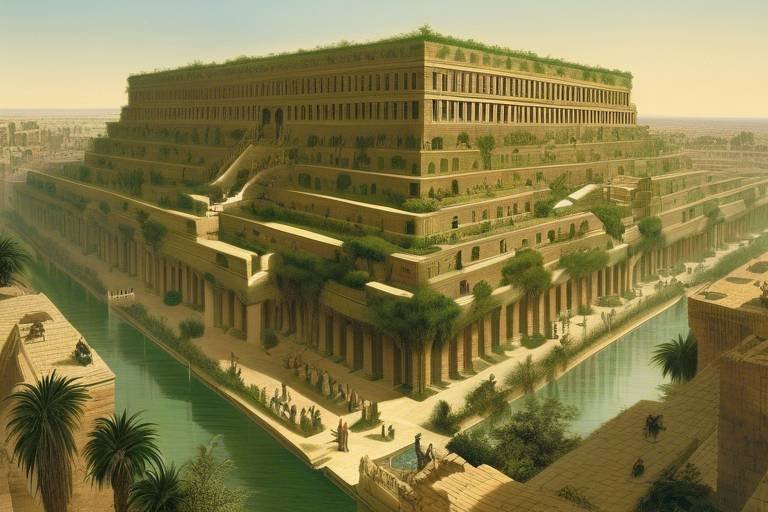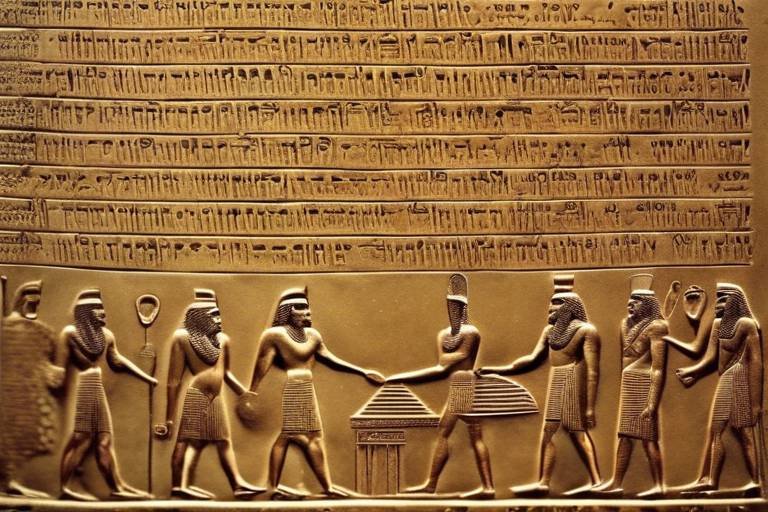The Secrets of Machu Picchu - Inca Engineering Marvels
Have you ever wondered about the mysteries hidden within the ancient stone walls of Machu Picchu? This iconic Inca citadel, nestled high in the Andes Mountains of Peru, holds secrets that continue to captivate and astound visitors from around the world. As we unravel the enigmatic engineering marvels of Machu Picchu, we embark on a journey through time to explore the ingenuity and craftsmanship of the Inca civilization.

History of Machu Picchu
Have you ever wondered about the mysteries hidden within the ancient walls of Machu Picchu? This iconic Inca citadel, nestled high in the Andes Mountains of Peru, holds a wealth of historical significance and architectural wonders waiting to be explored.
Centuries ago, Machu Picchu was built by the Inca civilization, but the exact purpose of this breathtaking site remains a subject of debate among historians and archaeologists. Some believe it served as a royal estate or a spiritual retreat, while others suggest it was a center for astronomical observations or a strategic military outpost.
Despite these theories, one thing is certain: Machu Picchu was abandoned and forgotten by the outside world until its rediscovery in 1911 by American explorer Hiram Bingham. This rediscovery sparked global interest and admiration for the architectural marvels of the Inca Empire.
The construction of Machu Picchu is a testament to the ingenuity and craftsmanship of the Inca people, who managed to build this complex city using intricate stone structures without the use of mortar. The site's strategic location, perched on a mountain ridge, provided natural defenses and stunning panoramic views of the surrounding valleys.
One of the most fascinating aspects of Machu Picchu's history is the mystery surrounding its purpose and eventual abandonment. What led to the decline of this once-thriving civilization, and why was Machu Picchu left deserted for centuries?
As you explore the ancient ruins of Machu Picchu, you can't help but marvel at the architectural feats achieved by the Inca engineers. The precision with which the stone structures were fitted together, the strategic placement of temples and plazas, and the intricate water management systems all speak to the advanced engineering techniques employed by the Inca civilization.
Walking through the narrow streets and steep staircases of Machu Picchu, you can't help but feel a sense of awe at the sheer scale of human effort and ingenuity that went into creating this masterpiece of ancient architecture.
So, are you ready to embark on a journey back in time to unravel the mysteries of Machu Picchu and witness the engineering marvels of the Inca Empire?
1. How can I reach Machu Picchu?
2. What is the best time of year to visit Machu Picchu?
3. Are there guided tours available at Machu Picchu?
4. What are the entry requirements for visiting Machu Picchu?
5. How long does it take to explore Machu Picchu?
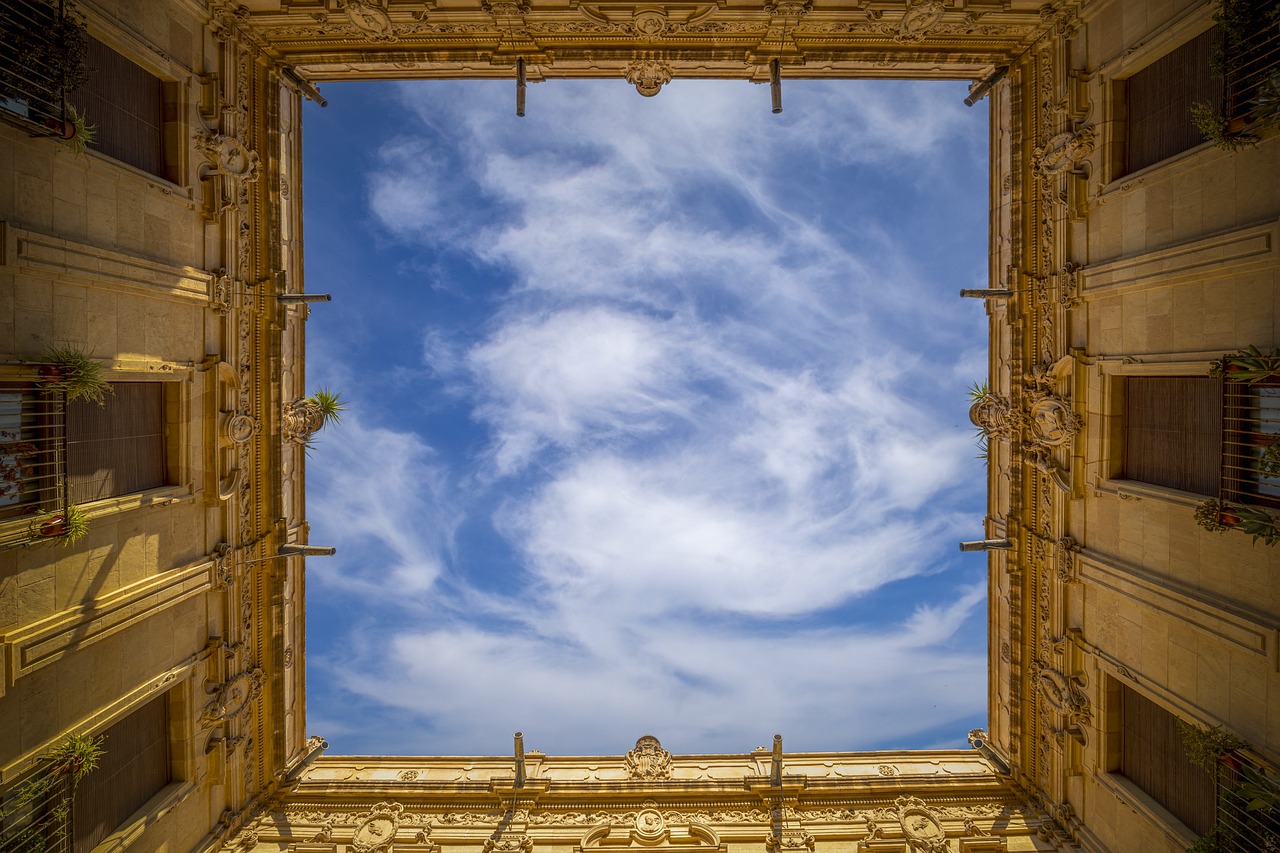
Inca Engineering Techniques
The Inca civilization was renowned for its remarkable engineering feats, particularly exemplified in the construction of Machu Picchu. Their sophisticated techniques and innovative methods continue to astound archaeologists and engineers alike. One of the most striking aspects of Inca engineering is their mastery of stone masonry. The precision with which the massive stone blocks were cut and fitted together without the use of mortar is a testament to their skill and ingenuity.
Furthermore, the Incas developed intricate drainage systems to prevent erosion and ensure the structural integrity of their buildings. These drainage channels, made of finely crafted stone, effectively diverted water away from the structures, showcasing the Inca's understanding of hydrology and environmental sustainability.
Another fascinating aspect of Inca engineering is their ability to construct earthquake-resistant buildings. By incorporating trapezoidal doorways and trapezoidal windows, the Incas effectively distributed the structural load and minimized the impact of seismic activity on their constructions. This seismic design principle remains a subject of admiration and study for modern architects and engineers.
Moreover, the Inca engineers implemented terracing techniques to transform steep mountain slopes into fertile agricultural terraces. These terraces not only maximized arable land for cultivation but also prevented soil erosion, demonstrating the Inca's holistic approach to sustainable land use and agricultural productivity.
In addition to their architectural achievements, the Incas also developed an extensive network of roads and bridges connecting their vast empire. These roads, often paved with stone and spanning challenging terrain, facilitated communication, trade, and military mobility throughout the Inca realm. The strategic placement of these roads further highlights the Inca's strategic planning and engineering prowess.
Overall, the Inca engineering techniques employed in the construction of Machu Picchu and other monumental structures reflect a harmonious blend of innovation, practicality, and reverence for the natural environment. Their legacy continues to inspire awe and admiration, serving as a testament to the enduring brilliance of ancient civilizations.
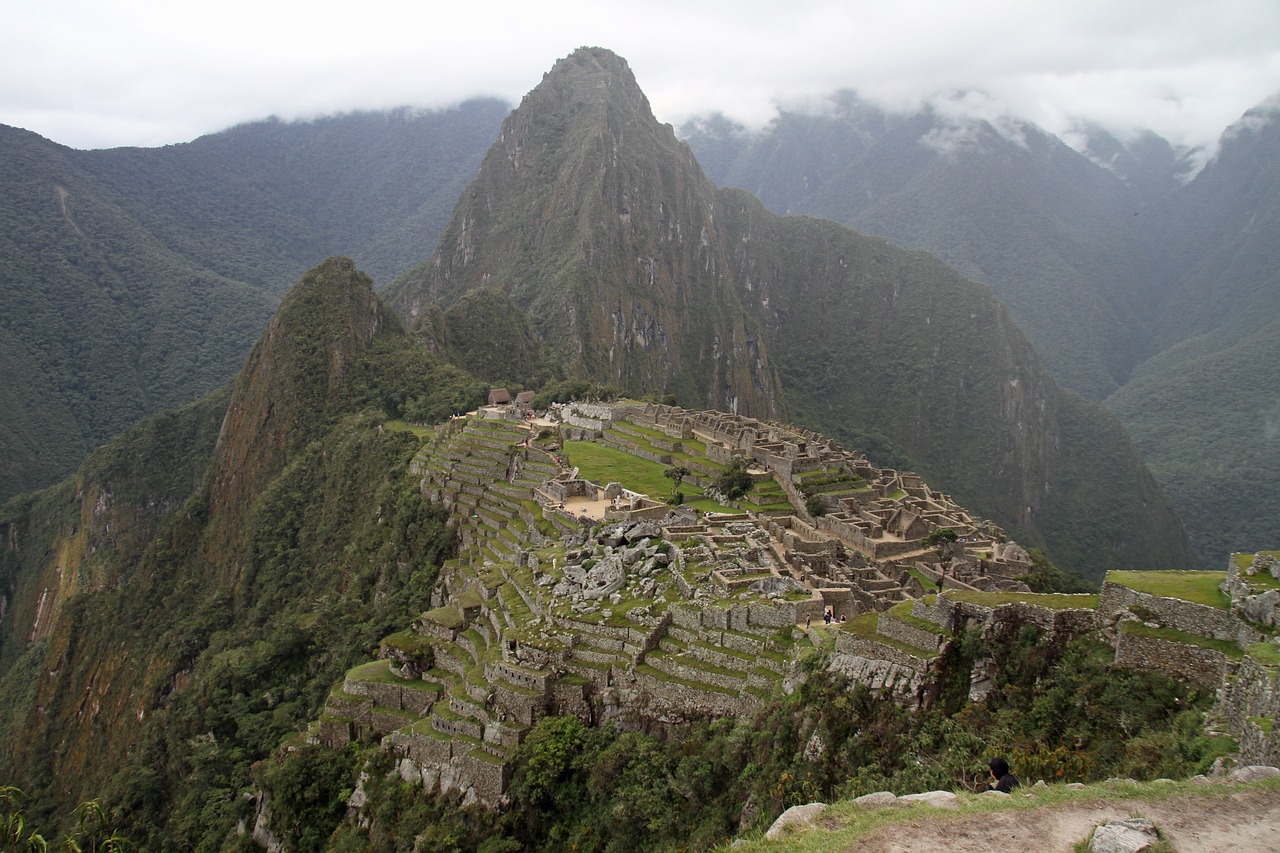
Architectural Design
When it comes to the architectural design of Machu Picchu, one cannot help but be awestruck by the ingenuity and precision displayed by the Inca civilization. The layout of the citadel is strategically positioned on a mountain ridge, blending harmoniously with the natural landscape of the Andes Mountains in Peru. The intricate stone structures, such as the Temple of the Sun and the Intihuatana stone, showcase the Inca's mastery of stonework and their ability to seamlessly integrate their constructions with the surrounding environment.
One of the most remarkable features of Machu Picchu's architectural design is the use of polished dry-stone construction, where stones are cut to fit together perfectly without the use of mortar. This technique not only highlights the Inca's exceptional craftsmanship but also ensures the durability and stability of the structures, with many of them standing strong for centuries despite the region's seismic activity.
The layout of Machu Picchu is divided into distinct sectors, each serving a specific purpose within the citadel. From residential areas and agricultural terraces to ceremonial plazas and temples, every part of Machu Picchu was meticulously planned and constructed with a clear understanding of functionality and aesthetics. The urban planning of the site reflects the Inca's deep connection to nature and their reverence for the spiritual world.
Moreover, the architectural design of Machu Picchu incorporates elements of sacred geometry and astronomical alignments, emphasizing the Inca's profound knowledge of celestial bodies and their significance in their culture. The Intihuatana stone, for instance, served as a sundial and an instrument for observing the solstices, highlighting the importance of astronomy in Inca society.
As visitors wander through the labyrinthine streets and marvel at the intricate stone structures of Machu Picchu, they are transported back in time to an era where architectural marvels were not just feats of engineering but also embodiments of cultural and spiritual beliefs. The architectural design of Machu Picchu stands as a testament to the Inca civilization's innovation and enduring legacy, inviting admiration and contemplation from all who behold its beauty.

Astronomical Significance
Have you ever gazed up at the night sky and wondered about the celestial mysteries that ancient civilizations sought to unravel? At Machu Picchu, the Inca civilization left behind a testament to their profound understanding of astronomy and the cosmos. The of Machu Picchu goes beyond its breathtaking beauty, revealing a deeper connection to the stars and planets above.
One of the most intriguing aspects of Machu Picchu's astronomical significance is its alignment with key celestial events. The Incas meticulously designed the structures at Machu Picchu to align with the movements of the sun, moon, and stars. These alignments served not only practical purposes, such as marking important agricultural dates, but also held spiritual and symbolic meanings for the Inca people.
Imagine standing amidst the ancient stone walls of Machu Picchu during a solstice or equinox, witnessing the sun's rays perfectly illuminate specific points within the citadel. The precision of these alignments speaks to the Inca's advanced knowledge of astronomy and their reverence for the celestial bodies that guided their lives.
Moreover, the Inca's astronomical knowledge was not limited to simple observations of the sky. They developed a sophisticated understanding of celestial cycles, incorporating them into their religious practices and daily lives. The intricate interplay between the architecture of Machu Picchu and the movements of the heavens highlights the Inca's deep spiritual connection to the cosmos.
As you explore the sacred site of Machu Picchu, take a moment to ponder the embedded in its design. The ancient Incas may have vanished from the earth, but their legacy lives on in the celestial secrets woven into the very fabric of this remarkable Inca engineering marvel.
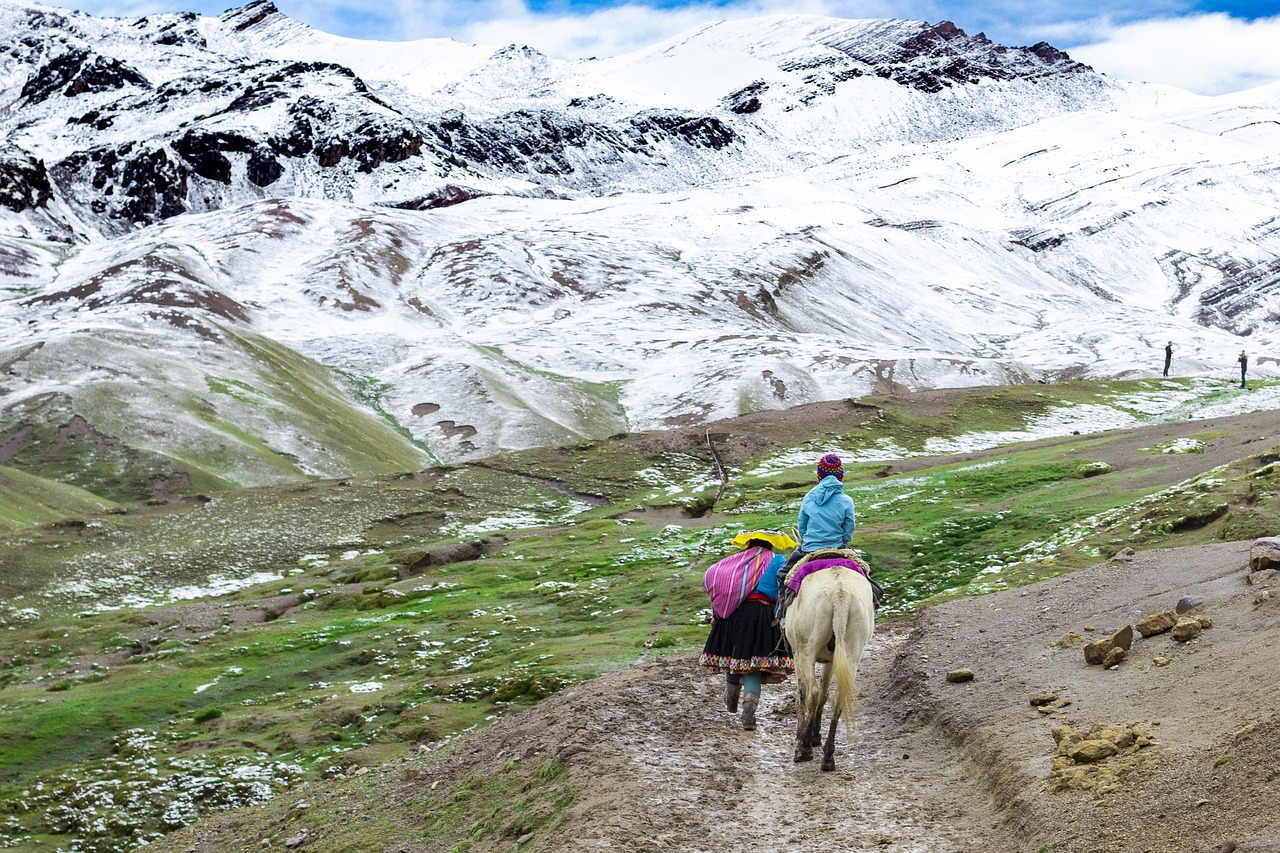
Sacred Structures
When exploring Machu Picchu, one cannot help but be captivated by the that dot the landscape. These temples and ceremonial sites hold a profound spiritual significance, offering a glimpse into the religious practices of the ancient Inca civilization.
One of the most prominent sacred structures at Machu Picchu is the Intihuatana Stone, also known as the "Hitching Post of the Sun." This carved stone pillar served as an astronomical clock, aligning with the sun's position during the solstices. It was believed to hold spiritual energy and played a crucial role in Inca ceremonies and rituals.
Another remarkable sacred site is the Temple of the Sun, an intricately constructed building dedicated to the Inca sun god, Inti. The temple features a semicircular wall with precisely cut stones that align with the winter solstice, allowing sunlight to illuminate the interior during this auspicious time.
Adjacent to the Temple of the Sun is the Room of the Three Windows, named for its trio of trapezoidal windows that offer panoramic views of the surrounding mountains. This chamber is believed to have served as a sacred space for ceremonies and gatherings, with its strategic location enhancing the spiritual experience.
Furthermore, the Sacred Plaza at Machu Picchu is a central hub of spiritual activity, surrounded by temples and ceremonial platforms. This open space was likely used for important rituals and communal events, symbolizing the Inca's connection to the natural world and the cosmos.
As visitors wander through these sacred structures, they can sense the reverence and devotion that the Inca people held for their deities and the interconnectedness of the spiritual and physical realms. The architectural precision and alignment with celestial phenomena showcase the Inca's profound understanding of the universe and their deep-seated spiritual beliefs.

Water Management Systems
Water management systems at Machu Picchu are a testament to the Inca civilization's ingenuity and mastery of hydraulic engineering. The Incas designed a sophisticated network of channels, aqueducts, and fountains to control and distribute water throughout the citadel with remarkable precision. These systems were essential for supplying water to the agricultural terraces, religious fountains, and residential areas within Machu Picchu.
One of the most impressive features of the water management systems is the use of natural springs as water sources. The Incas ingeniously tapped into mountain springs, channeled the water through intricate stone conduits, and directed it to various parts of the site. This ensured a constant and reliable water supply for the inhabitants of Machu Picchu, even during dry seasons.
The engineering marvels of Machu Picchu's water management systems also include carefully designed drainage systems to prevent flooding and erosion. The Incas constructed stone channels and underground drainage networks to efficiently manage rainwater and prevent damage to the structures and agricultural terraces. This foresight and planning highlight the advanced knowledge and skills of the Inca engineers.
Moreover, the strategic placement of fountains and ceremonial baths within Machu Picchu showcases the spiritual and ritualistic importance of water in Inca culture. The Incas believed in the sacredness of water and incorporated it into their religious ceremonies and agricultural practices. The presence of these water features not only served practical purposes but also held deep symbolic significance for the Inca society.
Visitors to Machu Picchu today can marvel at the intricate water management systems that have stood the test of time, demonstrating the sustainable and innovative approach of the ancient Inca civilization. Exploring these hydraulic engineering marvels offers a glimpse into the rich cultural heritage and environmental awareness of the Incas, making a visit to Machu Picchu a truly enlightening experience.
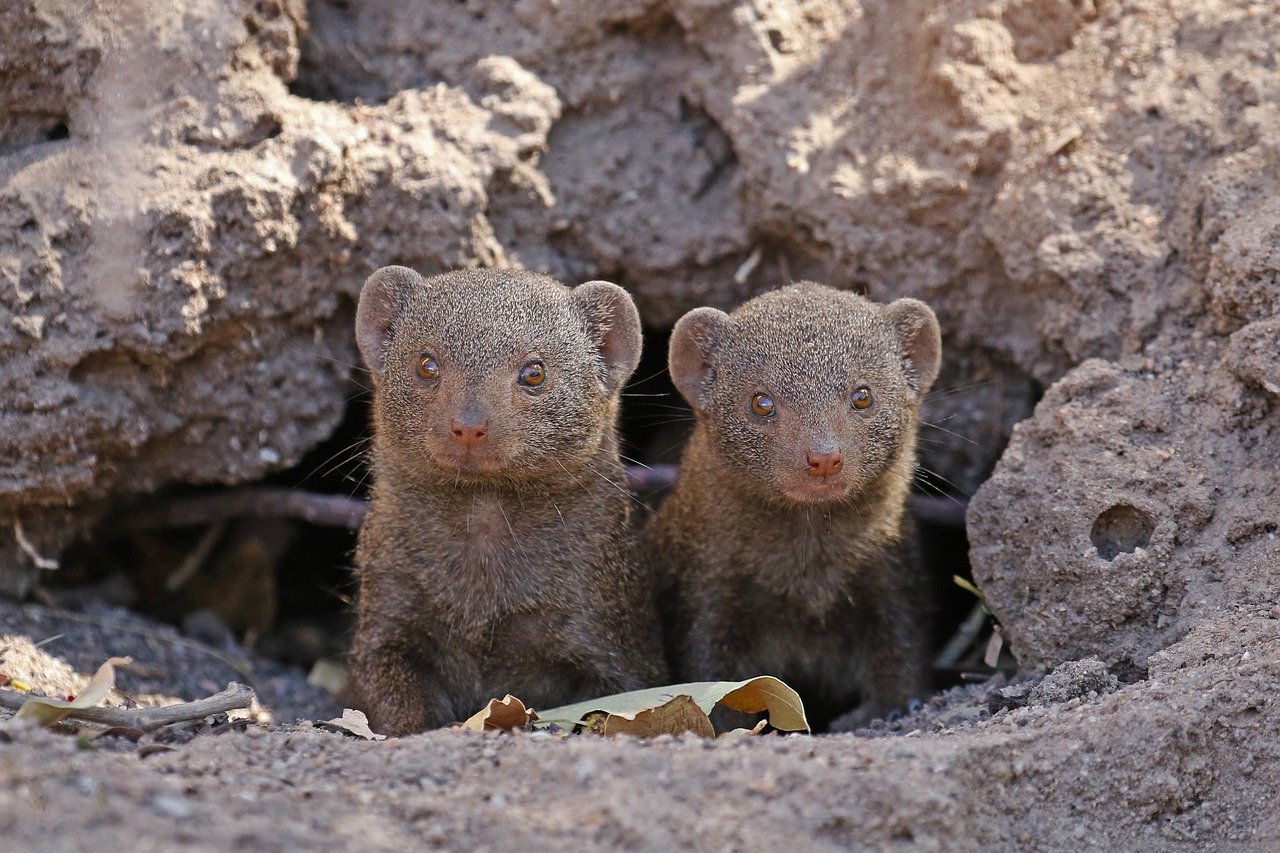
Conservation Challenges
Preserving the ancient marvels of Machu Picchu presents a multitude of conservation challenges that require careful consideration and innovative solutions. The delicate balance between protecting the site's historical integrity and accommodating the influx of visitors is a constant struggle faced by conservationists and authorities.
One of the primary conservation challenges at Machu Picchu is the impact of tourism on the site. The sheer number of visitors each year puts a significant strain on the infrastructure and delicate structures of the citadel. Managing the foot traffic, waste disposal, and overall environmental impact of tourism is crucial to ensure the long-term sustainability of Machu Picchu.
Another pressing issue is the natural wear and tear caused by environmental factors such as erosion, weathering, and vegetation growth. The rugged terrain of the Andes Mountains exposes Machu Picchu to the elements, leading to gradual deterioration of the stone structures and terraces. Implementing effective maintenance and restoration techniques is essential to combat these ongoing threats.
Furthermore, the presence of invasive plant species poses a significant challenge to the conservation efforts at Machu Picchu. These non-native plants can disrupt the fragile ecosystem of the site, outcompeting native species and altering the landscape. Controlling and eradicating invasive plants requires careful monitoring and strategic management strategies.
Preservation of the water management systems, including the intricate network of channels and fountains, is also a critical conservation challenge. Ensuring the proper functioning of these hydraulic features is essential not only for the structural integrity of Machu Picchu but also for understanding the sophisticated engineering achievements of the Inca civilization.
In addition to these physical challenges, the cultural significance of Machu Picchu adds another layer of complexity to conservation efforts. Balancing the preservation of the site's spiritual and historical importance with the need for accessibility and research requires a nuanced approach that respects the traditions and beliefs associated with the citadel.
Overall, addressing the conservation challenges at Machu Picchu requires a multi-faceted approach that combines scientific expertise, community engagement, and sustainable tourism practices. By prioritizing the protection of this UNESCO World Heritage Site, we can ensure that future generations will continue to marvel at the awe-inspiring legacy of the Inca Empire.
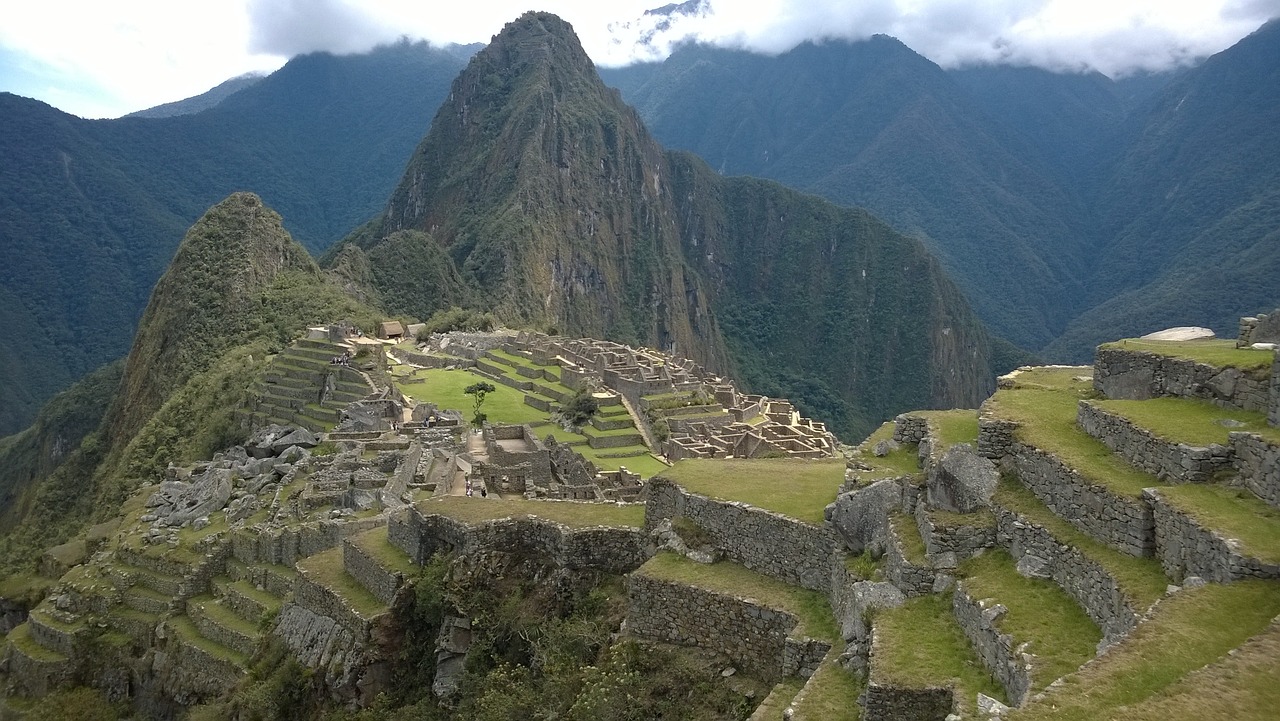
Visiting Machu Picchu Today
Planning a visit to the awe-inspiring Machu Picchu today is an exciting endeavor that promises a journey back in time to the ancient Inca civilization's remarkable achievements. Situated high in the Andes Mountains of Peru, this UNESCO World Heritage Site beckons adventurers, history enthusiasts, and nature lovers alike to explore its mystical beauty and architectural wonders.
When embarking on your Machu Picchu adventure, it's essential to consider various factors to ensure a memorable and enriching experience. From transportation options to entry tickets and guided tours, meticulous planning can help you make the most of your visit to this iconic archaeological site.
One of the key decisions to make when visiting Machu Picchu is choosing the most suitable way to reach the site. Whether opting for a scenic train ride from Cusco or embarking on a multi-day trek along the famous Inca Trail, each mode of transportation offers a unique perspective and adventure leading up to the grand reveal of Machu Picchu's ancient splendor.
Upon arrival at Machu Picchu, visitors are greeted by a breathtaking panorama of terraced fields, stone structures, and majestic peaks shrouded in mist. Exploring the site's intricate architecture, sacred temples, and mysterious passageways provides a glimpse into the Inca civilization's advanced knowledge and spiritual beliefs.
For an immersive experience, guided tours led by knowledgeable local guides offer valuable insights into Machu Picchu's history, significance, and architectural marvels. These guided excursions provide a deeper understanding of the site's cultural heritage and allow visitors to appreciate the intricate details and celestial alignments of this ancient Inca citadel.
As you wander through the labyrinthine pathways of Machu Picchu, take a moment to soak in the mystical ambiance and profound sense of history that permeates the site. From the Intihuatana stone to the Temple of the Sun, each structure holds clues to the Inca civilization's reverence for nature, astronomy, and spirituality.
Before concluding your visit to Machu Picchu, don't miss the opportunity to savor the panoramic views from vantage points such as the Sun Gate or Huayna Picchu. These vantage points offer stunning perspectives of the citadel nestled amidst the rugged Andean landscape, providing a fitting finale to your exploration of this ancient wonder.
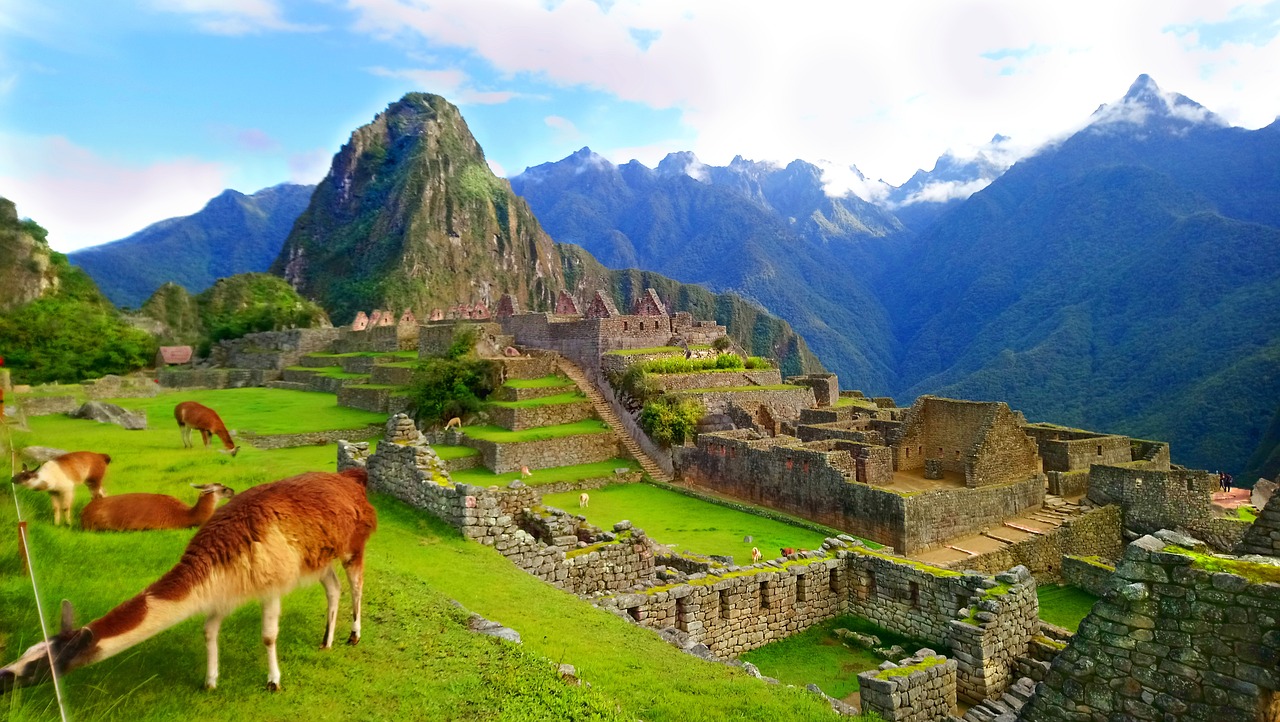
Legacy of Machu Picchu
As the sun rises over the majestic ruins of Machu Picchu, it illuminates not only the physical structures but also the enduring legacy of this ancient Inca citadel. The legacy of Machu Picchu transcends time, serving as a symbol of the ingenuity and achievements of the Inca Empire. This archaeological wonder, nestled amidst the Andes Mountains of Peru, continues to captivate visitors from around the world with its mystical charm and historical significance.
The legacy of Machu Picchu lies in its ability to transport us back in time, offering a glimpse into the advanced civilization that once thrived in the Andean highlands. The intricate stone buildings, terraced fields, and sacred temples stand as a testament to the Inca's architectural prowess and engineering marvels. Each stone carefully placed, each structure meticulously designed, speaks volumes about the craftsmanship and dedication of the Inca people.
Moreover, Machu Picchu's legacy extends beyond its physical attributes to encompass its cultural and spiritual significance. As a site of religious worship and astronomical observation, Machu Picchu reflects the Inca's deep connection to the natural world and the cosmos. The alignment of its structures with celestial events and the reverence for the surrounding mountains highlight the Inca's profound respect for nature and their belief in the harmony between the earthly and divine.
Today, the legacy of Machu Picchu lives on not only in the ancient ruins but also in the hearts and minds of those who visit this UNESCO World Heritage Site. The sense of awe and wonder inspired by Machu Picchu's beauty and mystery leaves a lasting impression, sparking curiosity and appreciation for the rich history and cultural heritage of the Inca civilization.
Frequently Asked Questions
- What is the significance of Machu Picchu?
Machu Picchu is a renowned Inca citadel located in the Andes Mountains of Peru, known for its historical importance, advanced engineering techniques, and stunning architectural design. It served as a spiritual and religious center for the Inca civilization and showcases their ingenuity and craftsmanship.
- How were the intricate stone structures at Machu Picchu constructed?
The Incas employed sophisticated engineering methods to create the intricate stone structures at Machu Picchu, utilizing precise stone-cutting techniques and expert masonry skills. The precision of their work is evident in the seamless fitting of massive stones without the use of mortar.
- What is the astronomical significance of Machu Picchu?
Machu Picchu exhibits astronomical alignments and celestial connections in its design, indicating the Inca's advanced knowledge of astronomy. The layout of the site aligns with key astronomical events, showcasing the Inca's reverence for the cosmos and nature.
- How can visitors explore Machu Picchu today?
Visitors can explore Machu Picchu by following designated trails and guided tours, allowing them to appreciate the sacred structures, water management systems, and architectural marvels of the site. It is essential to plan ahead and adhere to conservation guidelines to preserve this UNESCO World Heritage Site.
- What are the conservation challenges faced in preserving Machu Picchu?
Preserving Machu Picchu presents challenges such as managing visitor impact, natural erosion, and environmental factors that threaten the site's integrity. Conservation efforts focus on sustainable tourism practices, restoration projects, and ongoing research to safeguard this cultural treasure for future generations.



